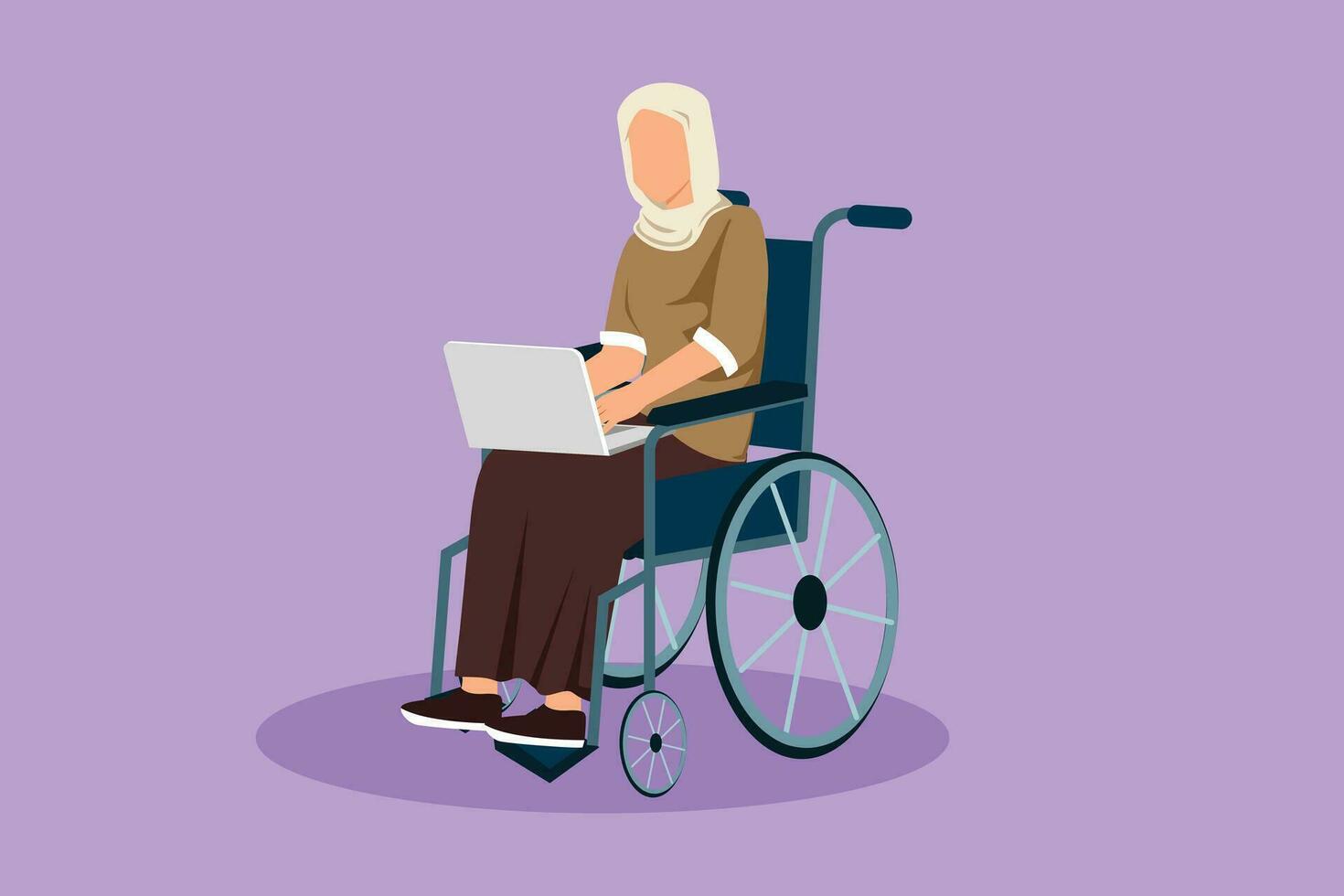For this post I will reflect on the terms of Universal Design for Learning (UDL), accessibility in online settings, and the ethical considerations surrounding educational technology and digital interactions

As we navigate 🧭 the ever-evolving landscape of education, it’s essential to remember that learning isn’t a one-size-fits-all experience. Imagine walking 🚶♂️ into a classroom where every student feels seen and supported, regardless of their unique abilities or learning styles 🙂. This is the vision of Universal Design for Learning (UDL), a framework that accomplishes inclusivity in educational environments.

What is Universal Design for Learning (UDL)?
Image Source: Generated by OpenAI’s DALL-E
UDL is all about flexibility. At its core, it emphasizes that different learners thrive under different circumstances. By integrating three main principles—Multiple Means of
Engagement, Multiple Means of Representation, and Multiple Means of Action and Expression—UDL helps us create an environment where everyone has a chance to succeed.
- Multiple Means of Engagement: Think of this as providing various ways to spark interest. For instance, incorporating gamified elements in lessons can be a game-changer for students who may struggle with traditional teaching methods. Check out this video on gamification in education for some inspiring examples!
- Multiple Means of Representation: This principle focuses on presenting information in diverse formats—think videos, infographics, and interactive content. Platforms like Kahoot! can create engaging quizzes that cater to different learning styles.
- Multiple Means of Action and Expression: Allowing students to demonstrate their understanding in various ways—through projects, presentations, or even artistic expressions—ensures that everyone can shine.

Accessibility in Online Settings: Why It Matters
Image Source: onetime-studio
🌐In the digital world, accessibility is key. Ensuring that all students can participate fully in online learning is not just a legal requirement; it’s a moral imperative. Here are a few essential strategies to enhance accessibility:
Accessible Content: Always provide captions for videos and alt text for images. This not only supports students with disabilities but also benefits everyone! For a deeper dive into this topic, check out this article on web accessibility.
User-Friendly Design: Simple layouts are more effective. Online platforms should prioritize intuitive navigation, allowing all students to engage without frustration.
Regular Testing for Accessibility: Consistently evaluate your online materials to ensure they meet accessibility standards, like the Web Content Accessibility Guidelines (WCAG).

Ethical Challenges of EdTech
While educational technology offers incredible opportunities, it also raises ethical questions. How do we protect students’ privacy while using data-driven tools? It’s crucial to address privacy and data security, equity and access, and the potential for commercialization of education.
Navigating Digital Interactions Ethically
In an increasingly digital world, it’s vital to reflect on our online interactions. Respect, privacy, and academic integrity should always guide our behavior. Consider this podcast on digital citizenship that explores how we can create positive online spaces.
Personal Reflections on UDL and Accessibility
Reflecting on my own experiences in various learning environments, I see how UDL principles were sometimes overlooked. In a past course, while the content was rich, the delivery lacked variety. Implementing UDL principles would have not only made the content more accessible but also more engaging for all students.
Hi Charles. There are some great insights in your post. I agree with your views on how sometimes courses lack variety. I think it also lacks some of the personal interactions necessary and that instructors could reach out more. It is difficult to do because there are so many students in a class at any given time, but as instructors if we see a student struggling in their work or attendance, then it is important to reach out to them and see what is going on. This is one of the challenges with online settings but also one of the benefits in that the instructor can give the student the chance to think about their response and whether or not they want help.